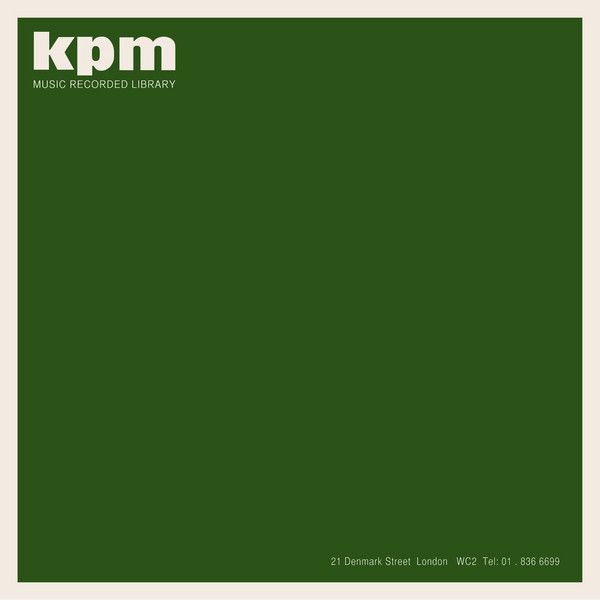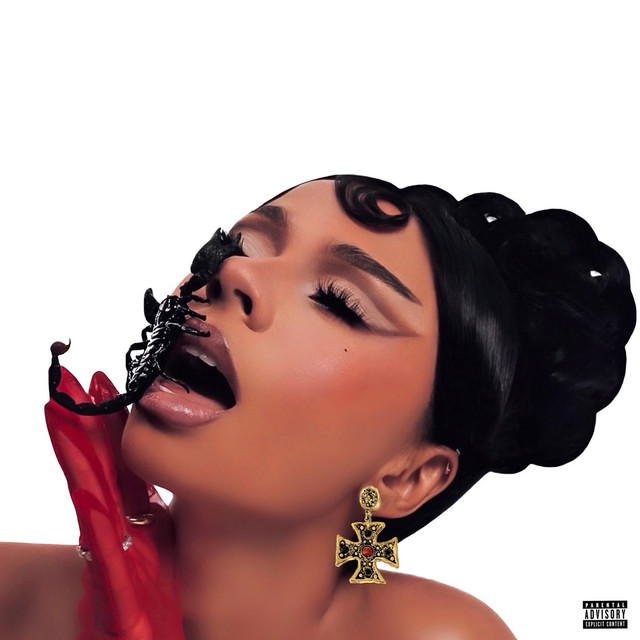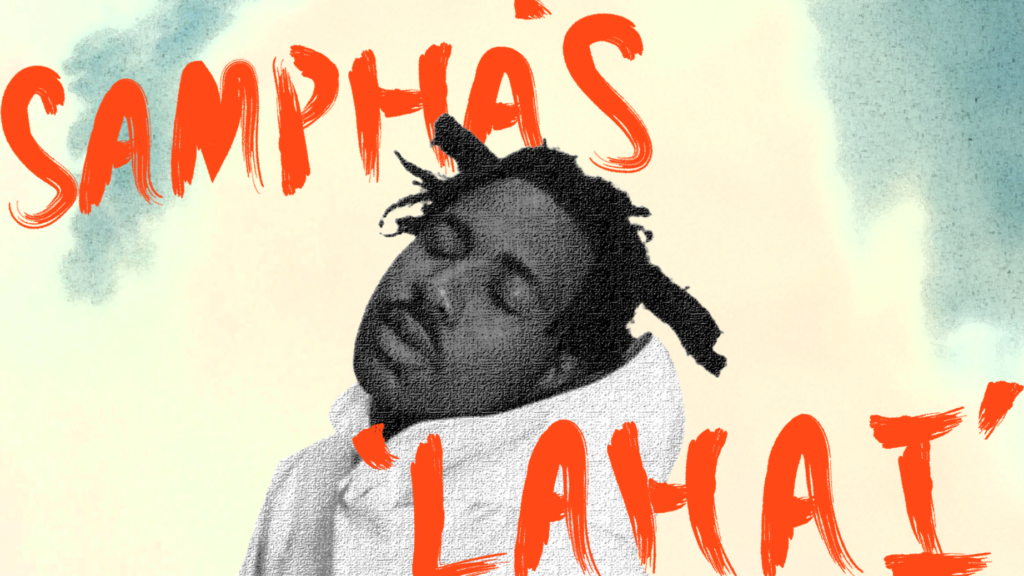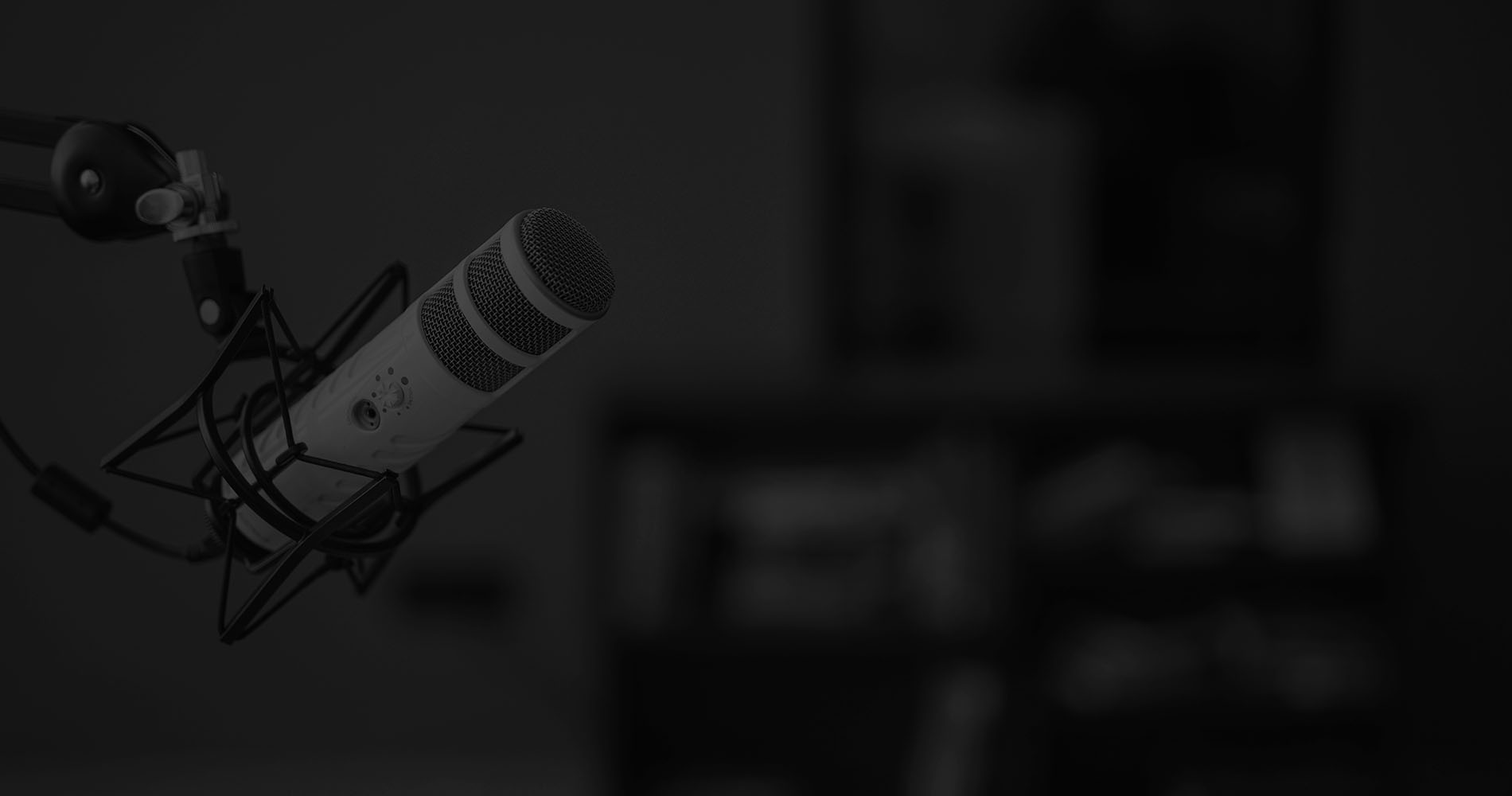Library Music: An Ephemeral Genre
Written by Emily O'Brien on October 20, 2023
If you’re anything like me, you can’t stand silence. Even while studying, you have to have something to listen to, whether it’s music or just white noise. Still, it can be hard to find the right music for studying, something that’s both sonically pleasing and not too distracting. If you’re looking for something like this (or if you’re just interested in learning about music), library music may be for you.
Library music may also be known as production music or stock music. The name might sound unfamiliar. However, you hear this kind of music every day. It shows up on the news, TV shows, and especially commercials. Library music is music owned by music library labels, recorded by work-for-hire musicians. It can be licensed out to commercial sources in film, TV, and broadcasting.
A famous example is the theme from Monday Night Football. The theme was sourced from the 1974 song “Heavy Action,” written by Johnny Pearson and owned by the KPM music library record label. Additionally, if you’re into hip-hop, or really any type of music that utilizes sampling, the chances are that you’ve heard library music before. Artists like A$Ap Rocky, Jay-Z, and Beyoncé have all sampled library music in their work. Library music has been referred to as “sample fodder” due to its distinctive sound, but also because there aren’t sample clearance issues when using library music.

Library music differs from other music in that it’s not made to be sold or marketed to the mass public. The artists rarely have their names attached, and library musicians don’t usually make it big outside of their professional circles. Furthermore, a lot of this stuff doesn’t sound like the music you’re used to. Some of it’s jazzy, some of it’s proto-electronic, but it widely varies. Much of the library music that’s more popular now is from the 70’s. I think this is due to the fact that it’s become such an artifact of its time period.
In the mid 90’s, production music libraries switched over to CDs, and later, digital recordings, making library music more accessible to the general public. No longer needing the thousands of LPs recorded in the 70’s and 80’s, music libraries got rid of them. They then donated them to record stores and other second-hand shops. Since then, these records have become collector’s items to people interested in niche music. Music historian Jonny Trunk released the first commercial library compilation in 1996 on his own record label, Trunk Records. By doing this, he helped spread knowledge of the genre he was so interested in.
If there ever was a liminal genre of music, it’s library music. The songs are often instrumental, and as Jonny Trunk put it, they sound “faceless.” This music works hard to sound like it belongs. The design of the songs adapt to any space and by nature of trying to sound normal. Thus, they end up being windows into the time period in which they were created. If you’re interested in giving it a try, I recommend starting with KPM, with their KPM 1000 Series, or Music for Dancefloors. You may find something to add to your study playlist, something to sample, or something just plain weird. Happy listening!






